Using annatto seeds for cooking is easy and effective, helping you achieve vibrant food colors the all natural way.
Bija, also known as annatto seeds or achiote, is an all natural food colorant commonly used in Central America and the Caribbean. Native inhabitants of the tropical and subtropical regions of the Americans used the pigment in bija seeds for body art, as well as cooking. This was the case for the Taino indians of Quisqueya (the island currently shared by Haiti and the Dominican Republic, also known as Hispaniola).
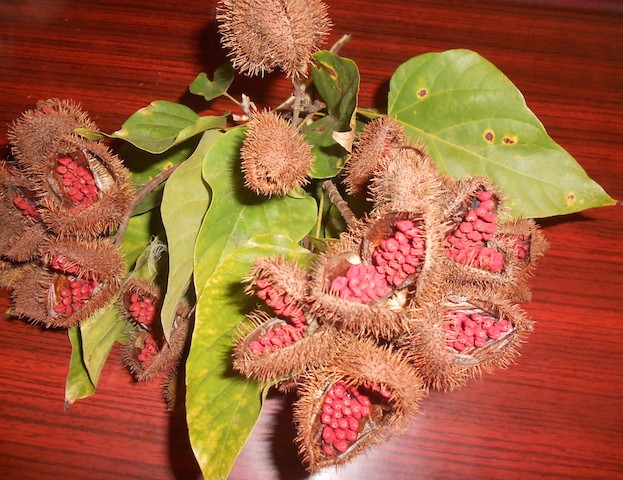
Bija is a traditional spice of Dominican cuisine that has slowly been replaced for tomato paste in various dishes to achieve food coloring. However, using annatto seeds for cooking has retained its appeal for being unprocessed and for its medicinal qualities as an antioxidant and antifungal. Bija is also an important spice in Mexico and Belize and used by some cultures in South America as natural medicine. Bija can be found in the United States as “achiote” or “annatto seeds” in the spice isle of most Mexican or Latin American supermarkets, as well as in mainstream grocery stores in bigger metro areas. If you buy whole seeds you will need to grind them with a pestle and mortar for cooking. Most stores carry ground bija.
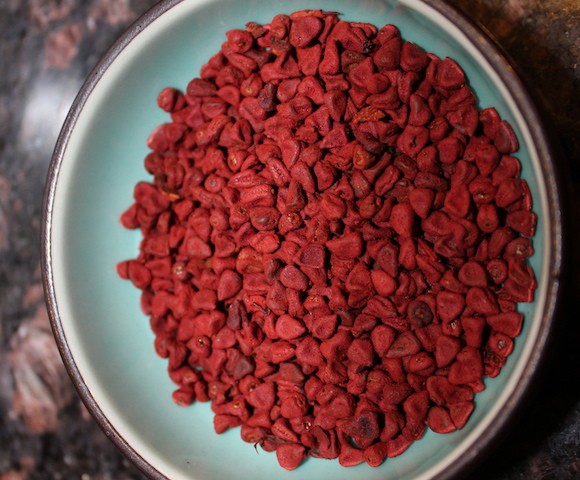
Using annatto seeds or bija for cooking is an excellent choice to color meats and fish, rices dishes or soups. Just sprinkle a tea spoon of it on your favorite dishes. It can be used as an adequate substitute in dishes that call for the more expensive saffron or in dishes where tomato paste is used as a food colorant (as in braised meats). A little bit goes a long way, and its peppery taste is often muted when used in small amounts.

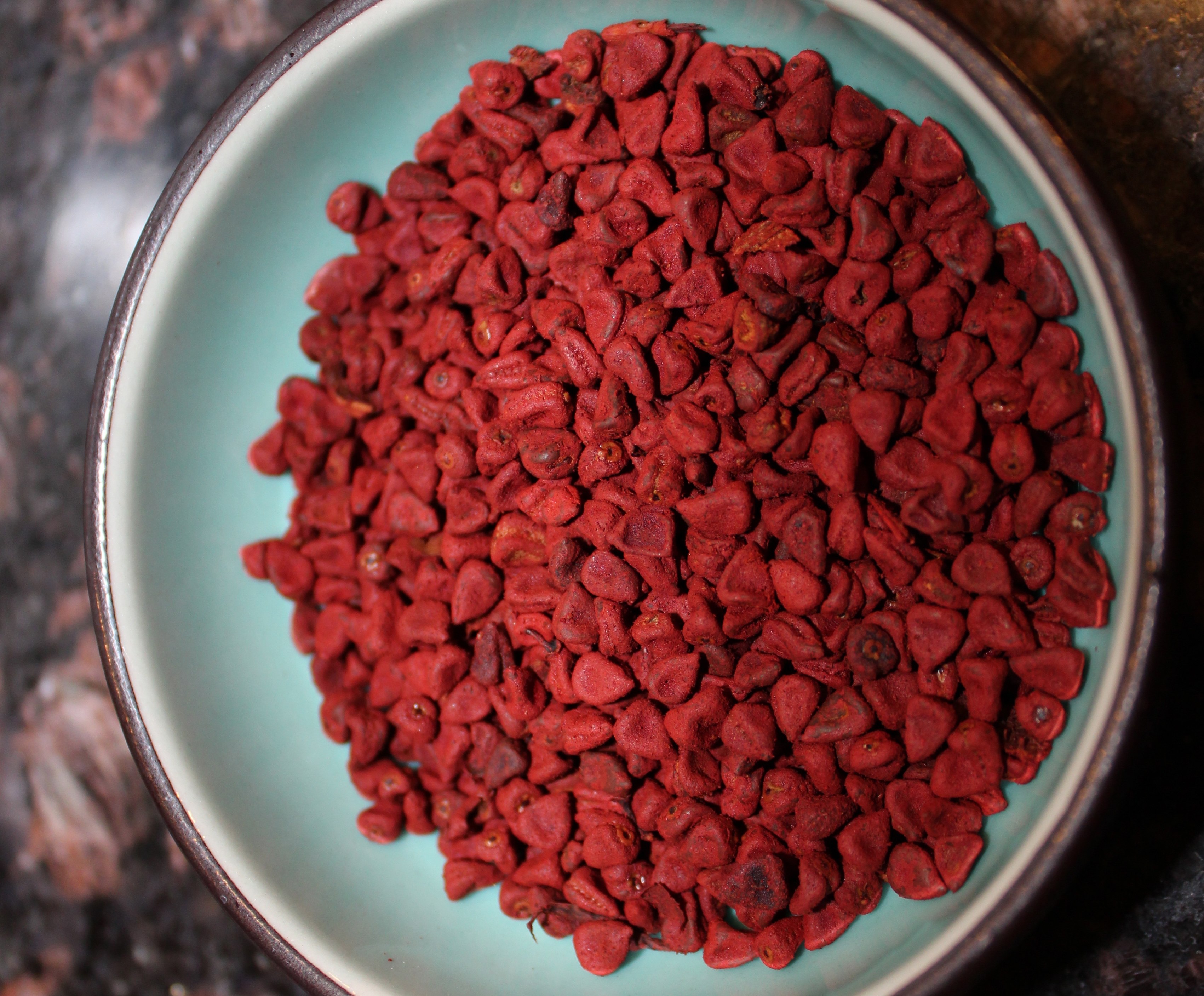

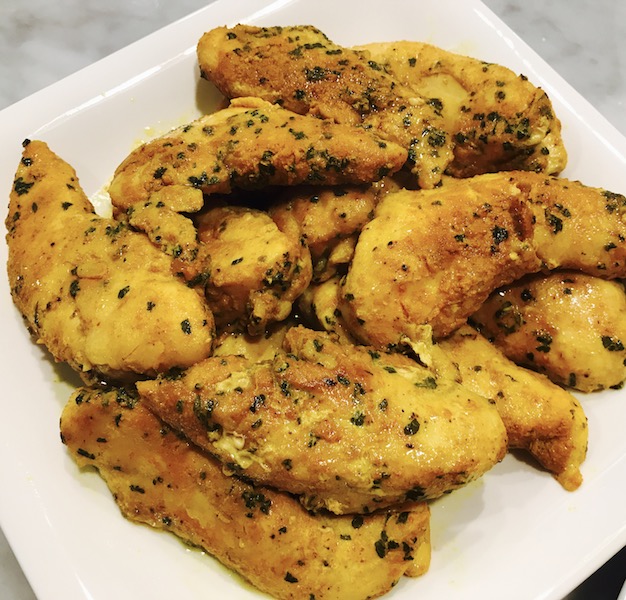
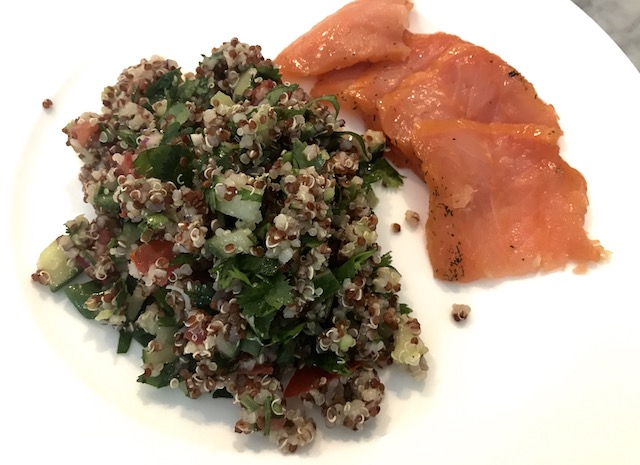
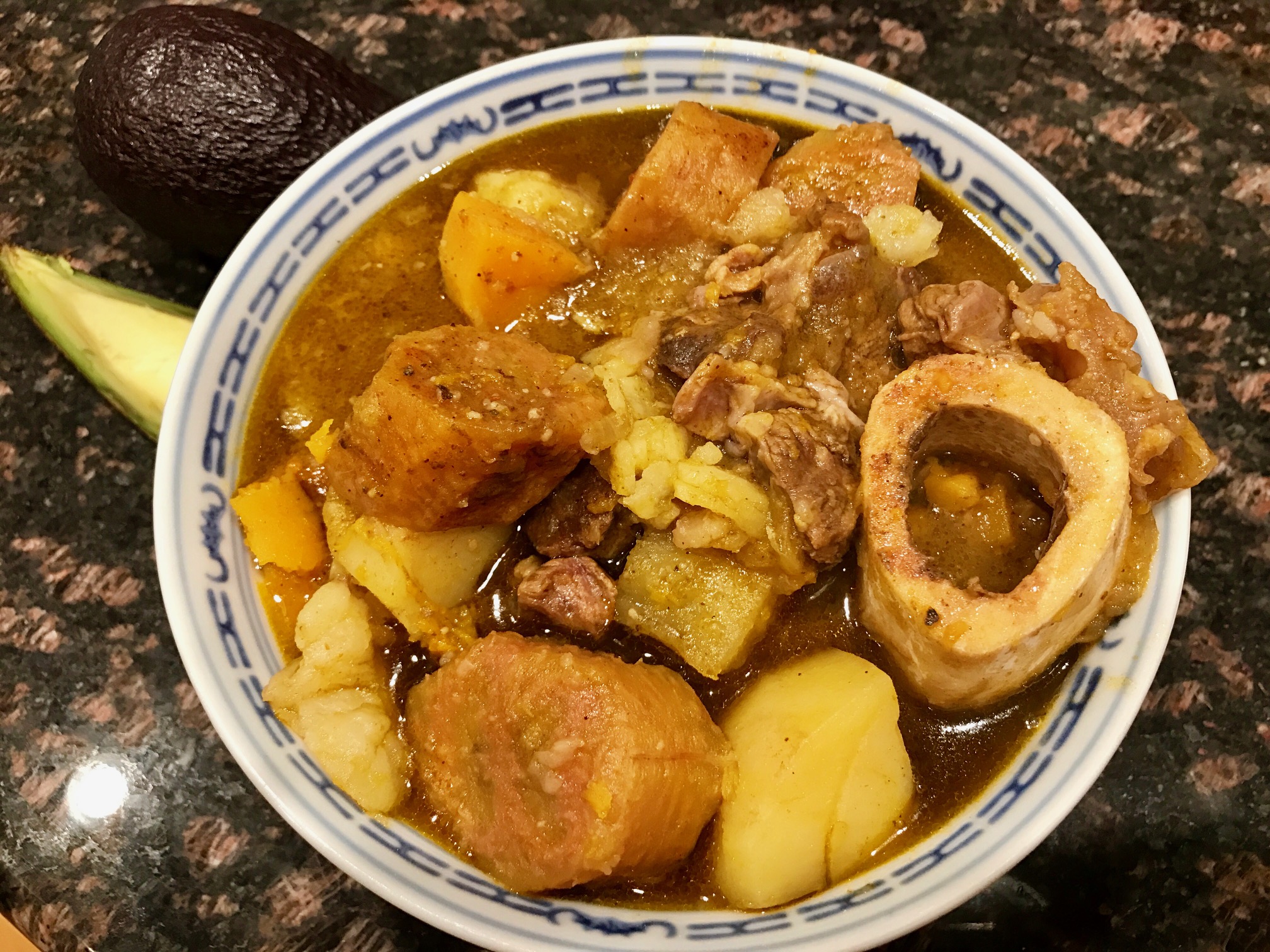
I am familiar with using annatto seeds in Filipino cuisine. Couldn’t the seeds be strained from a sauce to impart color without having to be ground up? Evidently, tomato paste is used as a substitute. Could paprika be used instead? I think using saffron would change the flavor profile too much.
Hello Jane. One way to extract the annatto color is by mixing the whole seeds with oil that has been heated up. You can then strain the resulting colored oil, or leave the seeds in and strain as you use. You could use paprika, but I find that annatto is better at fully dissolving in the food and has a lighter color that I like. Saffron would change the flavor profile of any meal. It is also quite pricey.